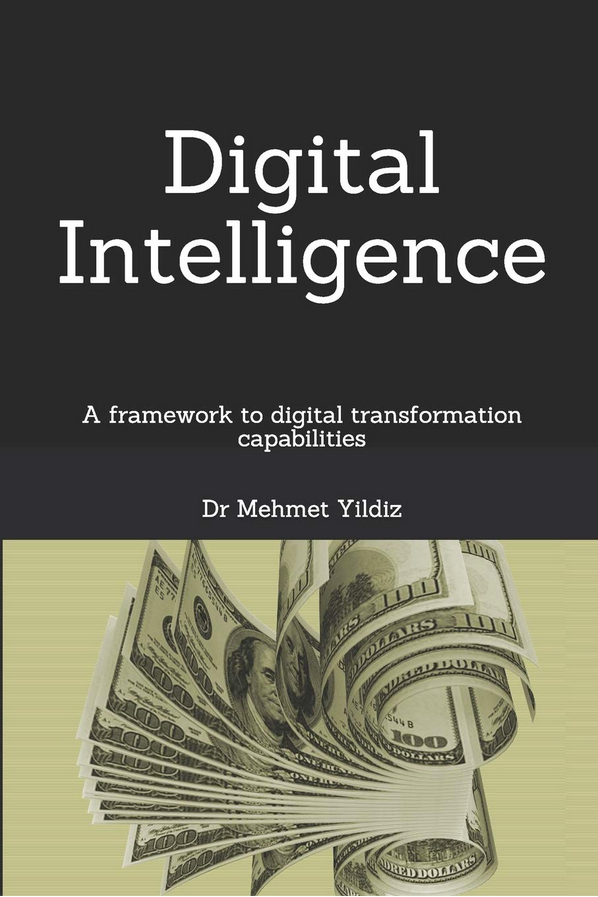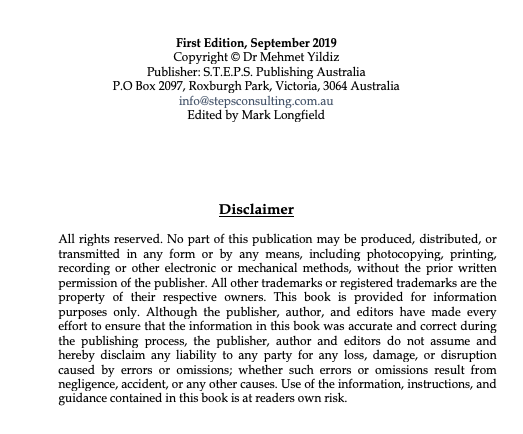Securing IoT: Privacy and Safety in the Age of Digital Ventures
Written on
Chapter 1: Understanding IoT Security and Privacy
The Internet of Things (IoT) represents a multifaceted technology and business sector that affects various dimensions of technological frameworks, commercial applications, and service offerings. Digital enterprises increasingly rely on a diverse array of IoT devices, processing tools, storage solutions, and consumer-oriented products, including customer support services. This technology is expanding rapidly worldwide, significantly impacting the economy.
Among the various components of an IoT system, security is paramount. The widespread belief that IoT systems are vulnerable and easily compromised necessitates careful consideration. This concern is not unfounded; compromised IoT devices can lead to severe consequences, as highlighted in media reports during the early stages of IoT's development. However, providers of IoT services have made considerable progress in enhancing security measures.
In addition to security, privacy is another critical factor in IoT solutions. Security and privacy must be analyzed concurrently; as we scrutinize security requirements, privacy considerations should also be at the forefront.
New IoT systems often navigate uncharted territory due to various technological and geographical factors. IoT Solution Architects must grasp the security challenges inherent in these intricate environments. As this field evolves, persistent vulnerabilities must be systematically identified and addressed.
To gain a deeper understanding of the security landscape, it is essential to pose insightful, open-ended questions regarding risks, issues, concerns, constraints, and dependencies. At a high level, these three questions should always be asked:
- "What security challenges exist within this solution?"
- "What emerging technologies could introduce risks?"
- "How can we effectively address the identified risks?"
Continuing to ask such exploratory questions encourages critical thinking and helps in finding effective solutions.
IoT technical leads cover a broad spectrum rather than delving into specifics when architecting, designing, and developing solutions. They rely on security experts—architects, specialists, and consultants—to provide detailed insights into security and privacy threats, issues, dependencies, and constraints.
These chosen experts validate proposed solutions by reviewing the security architecture and design elements, ultimately granting approval.
In addition to expert validation, it is crucial for solutions to undergo scrutiny from a security governance body within digital ventures. This body evaluates various security aspects, including identity management, access control, and data encryption.
IoT solution leads must ensure that the recommended security measures align with the overall solution framework. Specialists in particular security domains may lack awareness of the broader context beyond their expertise, making it essential to recognize this limitation. It's a common misconception that security experts are aware of all system components, which is not the case.
IoT technical leads need to identify and articulate key security threats, proposing solutions to mitigate those risks within the IoT solution's security framework. Each building block of the security model must be addressed and carefully examined by security experts, supplemented by peer reviews from specialists in various relevant fields such as application security, middleware, data management, hosting infrastructure, and network communications.
Unique characteristics of IoT security and privacy requirements arise from distinct communication channels crossing borders and extending across multiple domains and ecosystems. These requirements must be analyzed using trusted security and privacy assurance frameworks, taking into account the privacy laws applicable in the regions where the solutions are implemented.
These requirements may not adhere to traditional security controls and could be developed rapidly using agile methodologies, potentially varying from one jurisdiction to another.
Once the IoT security and privacy requirements are validated, the foundational elements of the security solution must be traced back to each confirmed requirement. Mandatory requirements should be prioritized and demonstrated to comply with the validated requests from business stakeholders, while optional requirements should be addressed to enhance the overall security posture.
Like any other solution components in digital ventures, conducting a Viability Assessment for security and privacy is vital for ensuring the integrity of IoT solutions. Specifically designed security assessments can assist technical teams in systematically analyzing risks, issues, dependencies, and assumptions. This crucial output enables decision-makers to identify optimal resolution points by highlighting fundamental aspects needing attention in the viability metrics.
Typically, the IoT solution leads initiate and own the security assessment work-product, supported by domain experts, security/privacy specialists, and key business stakeholders.
A security viability assessment may encompass the following essential security points:
- Security between IoT devices
- Protection from devices to gateways
- Safeguards from gateways to edge devices
- Security from edge devices and gateways to the cloud
- Data security within the cloud
- Protection between end-user devices and users
- Encryption protocols for data transmission
- Security from applications to middleware to IoT devices
- Mobile application interfaces (e.g., smartphones)
- Digital certificates
- API security
- Database security
- Cryptography practices
- Access authentication and authorization
- Identity management for IoT devices
- Consumer privacy considerations
- Overall end-to-end infrastructure security
Each of these security elements necessitates comprehensive examination by an expert. The results can be documented in a security viability assessment matrix, categorized under Risks, Issues, Dependencies, and Assumptions.
It's crucial to classify IoT security risks based on their impact and likelihood of occurrence, marking them as high, medium, or low. The severity of issues can also be assessed in this matrix. Clearly defining dependencies and articulating their impacts is essential, along with identifying interdependencies among the security building blocks and solution design elements.
Assumptions are often underestimated, yet they must be addressed to achieve successful solutions. The final version of the security and privacy assessment should be devoid of any assumptions, as these need resolution before proposing a solution. Validated assumptions can be transformed into risks, issues, or dependencies and documented accordingly.
Teamwork is vital for IoT security, involving collaboration among technical solution leaders, security and privacy experts, and business stakeholders. The governance body, composed of these professionals, is responsible for reviewing and approving the assessment prior to the development and deployment of any solutions.
The first video titled "Artificial Intelligence Interview Questions & Answers Chapter 21" provides insights into how AI intersects with IoT security, highlighting the importance of understanding both fields.
The second video, "PLC Series Chapter 21 - Artificial Intelligence," delves into the role of AI in enhancing IoT solutions, focusing on security measures and privacy considerations.
Thank you for engaging with my thoughts on this critical subject.
Other Chapters
Chapter 1, Chapter 2, Chapter 3, Chapter 4, Chapter 5, Chapter 6a, Chapter 6b, Chapter 7a, Chapter 7b, Chapter 8, Chapter 9, Chapter 10, Chapter 11, Chapter 12, Chapter 13, Chapter 14, Chapter 15, Chapter 16, Chapter 17, Chapter 18, Chapter 19, Chapter 20, Chapter 21, Chapter 22

